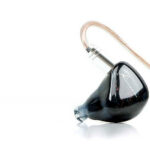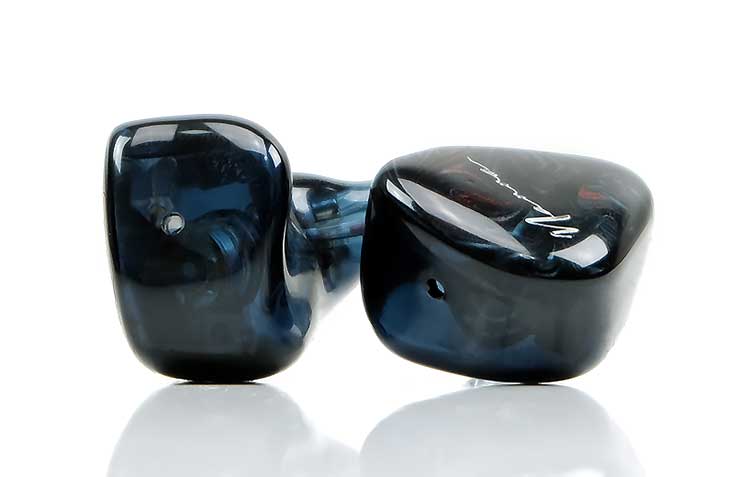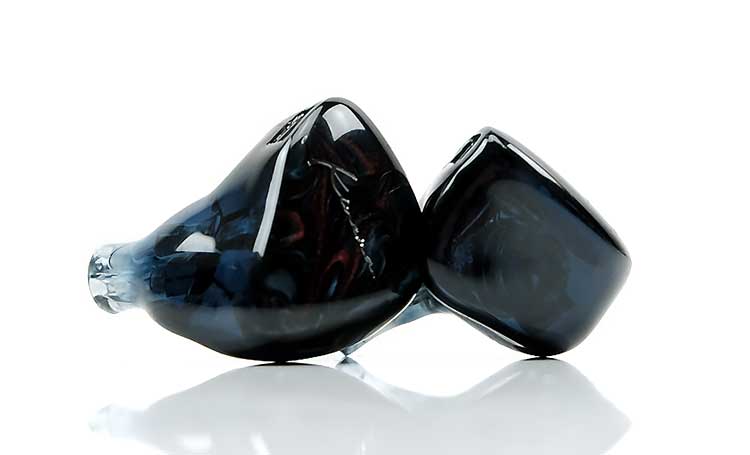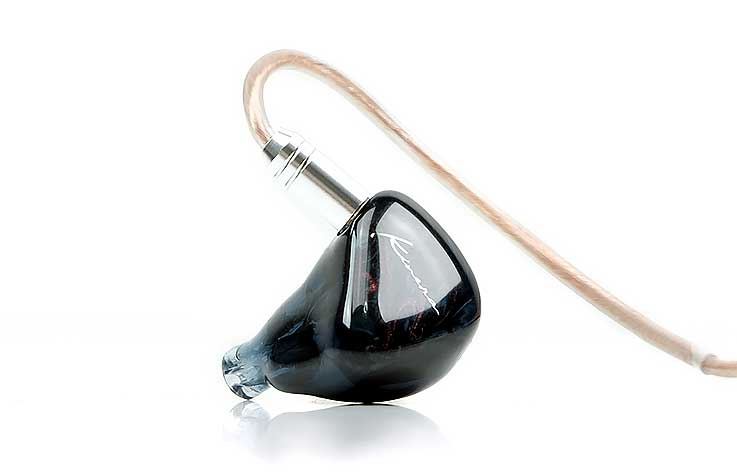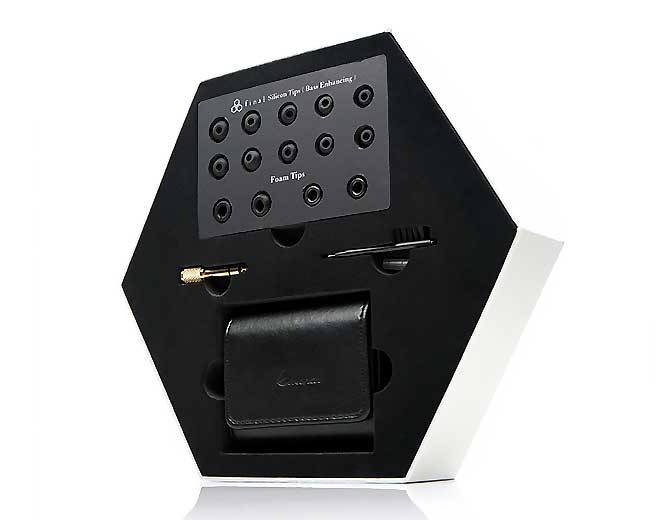Our review of the Kinera Nanna, which is their debut flagship hybrid universal IEM featuring dynamic, balanced armature and electrostatic drivers. Its price is $899.99.
Disclaimer: The Kinera Nanna was sent to us a sample in exchange for our honest opinion and does not have to be returned. We thank the team at Kinera and HifiGo for giving us this opportunity. You can buy the Kinera Nanna here.
To read more on Kinera products we have reviewed on Headfonics click here.
Note, this review follows our new scoring guidelines for 2020 which you can read up on here.
So, we have had the Kinera Nanna now for just over a month and already used it for reference in a previous review so it is a good time to roll out the main review. If you have been keeping tabs via our First Contact feature then you can skip ahead to page 2 at the bottom of the page for our in-depth sound impressions and comparisons. For everyone else, read on.
The Nanna is Kinera’s flagship monitor and it is their first electrostatic monitor. This is a ‘tri-brid’ universal configuration with a blend of 3 different types of drivers. It is priced at $899 which is starting to look fairly competitive this year compared to last year’s sky-high early adopter prices.
If you are thinking what the close competitors are to the Kinera Nanna then from the ones I have personally reviewed it is most likely the POLA39 from Shozy & AAW and the Roland from Fearless Audio. Both of these straddle the $1k marker or just below.
Tech Inside
Configuration
The Kinera Nanna is a universal design with a 4-driver hybrid configuration. It consists of a single custom 7mm dynamic driver, one full-range Sonion balanced armature driver, and a dual electrostatic Sonion tweeter. There is no mention of the crossover technology but safe to presume either 3 or 4-way depending on whether they split the dual tweeter duties or not.
Numbers
The Kinera Nanna’s SPL is actually quite good on paper at 110dB. That is one of the more current-sensitive Sonion infused hybrids I have seen this far. However, at 60Ω the Kinera does seem to require decent power to sound optimal. I doubt the Nanna will sound like it should on weaker sources but we shall see in more detail if that is the case on page 2 of this review.
Design
If you have played with the POLA39 and Roland then the Kinera Nanna form factor is in the same ballpark. It is a little on the petite side which I like. It also is cut with a classic custom universal aggressive contouring to shape it for maximum comfort.
Unlike the POLA39, the Kinera Nanna seems built from entirely acrylic rather than use any stainless-steel options such as an SS nozzle. The only critique I have against that is the lack of tip lip on the nozzle edge. Luckily, none of the tips I have used slid off, primarily due to the slightly wider finish around the bores which seem to do a good job of holding them in place.
The design is very tasteful with a rich dark collage of blues and red that flow throughout the entire body including the faceplate. This seems close to a galaxy swirl or nebula effect. I like these types of design because they tend to mitigate the two-piece (plate and shell), design and give it a singular shell look.
Kinera has not given an official name to the design so we will just have to use “swirl” for now. There are also a few different Nanna designs on some pre-order websites so I cannot say if there is only one option at the time of writing.
Certainly, on the official Kinera AliExpress Store, our design is the only design being offered at the checkout and it is called “red” which undersells the visual somewhat for me.
Cable & Connectors
The Kinera Nanna supplied cable is a 1.2m 2-pin 0.78mm 4-wire copper build. I cannot tell you anything about the purity or gauge of the wire but I have to presume up to 6N and 26AWG. The braiding is tight with a very clean transparent but rubbery jacket. It is not as supple as the aftermarket PVC variants but it is very quiet for microphonics.
There is also a little bit of memory retention so it does not really straighten out that well but it is tangle resistant. The very long memory wrap on the top of the connectors are very soft so despite it looking awkward and possibly irritating it doesn’t feel like anything at all when on the ear.
This is better than what I expected in terms of handling, noise, and comfort. I just don’t like its aesthetics and kinks when meshed with the dark tones of the Kinera Nanna shells. The cable is finished with a carbon fiber printed 3.5mm jack but you can order it in 2.5mm TRRS and 4.4mm balanced.
Comfort & Isolation
Yeah, the Kinera Nanna is super comfy and I am not surprised with that diminutive form factor and custom universal contouring. This is a likable fit with good isolation but not BA levels due to the vent on the rear of the main shell for the dynamic driver to breathe.
Tips
Both the supplied foam and Final E tips isolate very well indeed and have similar performance levels on the Kinera Nanna. However, the foam tips block out more higher-frequency background noise whereas the Final E focuses a bit more on the lower frequency.
For example, sitting near an aircon, the entire aircon sound is a bit more muted on the foams, whereas the higher pitch of the aircon leaks in a bit more with the Final E tips.
If you are asking me which tip is the better performer I would go with the Final E. The staging is a bit wider, the vocal further forward and the clarity just a little more convincing. For those who want a bit more body and are sensitive to treble then the foam tips are a fair compromise.
As mentioned, the nozzle lacks a ‘tip lip’, instead it uses a slightly widened neck finish which creates a little bit of pressure to hold the tips in place. I honestly did not encounter any difficulties with the supplied tips attached to the Kinera Nanna. Nothing has been left in my ear canal when taking them out nor have they fallen off at random moments.
Accessories & Packaging
Kinera has always been known for slightly unusual packaging dimensions and the Kinera Nanna is no different in that regard. This is a flat or shallow hexagonal container with some densely packed material housing the drivers, cable, and accessories. The front is a bit subdued with its plain black and gold letter vibe. To be honest, it reminds me of a box of dark chocolates.
Accessories
The inside accessory layout is very tidy and well thought out. On the top, you have a detachable padded tray of tips. You get two types, foam and Final E with plenty of sizes for the Final E, less so for the foam. There is also an additional bag of non-branded single bore silicone tips in a small plastic bag. They come in several sizes from small to large.
Below you have a single quarter jack converter and a cleaning brush/pick. Personally, I think the quarter jack converter is outdated but given the 60Ω impedance level, it could well be useful for plugging into some stronger amps.
At the bottom, you have a small dark branded leather case that has just enough space to hold the drivers and cable with a few tips. I have seen this type of case before in IEM packages though the finishing and branding are different.
I am ok with it but it is slightly on the small side and tips can fall out when you open it up. Otherwise, it does smell of real leather and the magnet latch is strong and suitably durable.
Click on page 2 below for sound impressions & comparisons.


